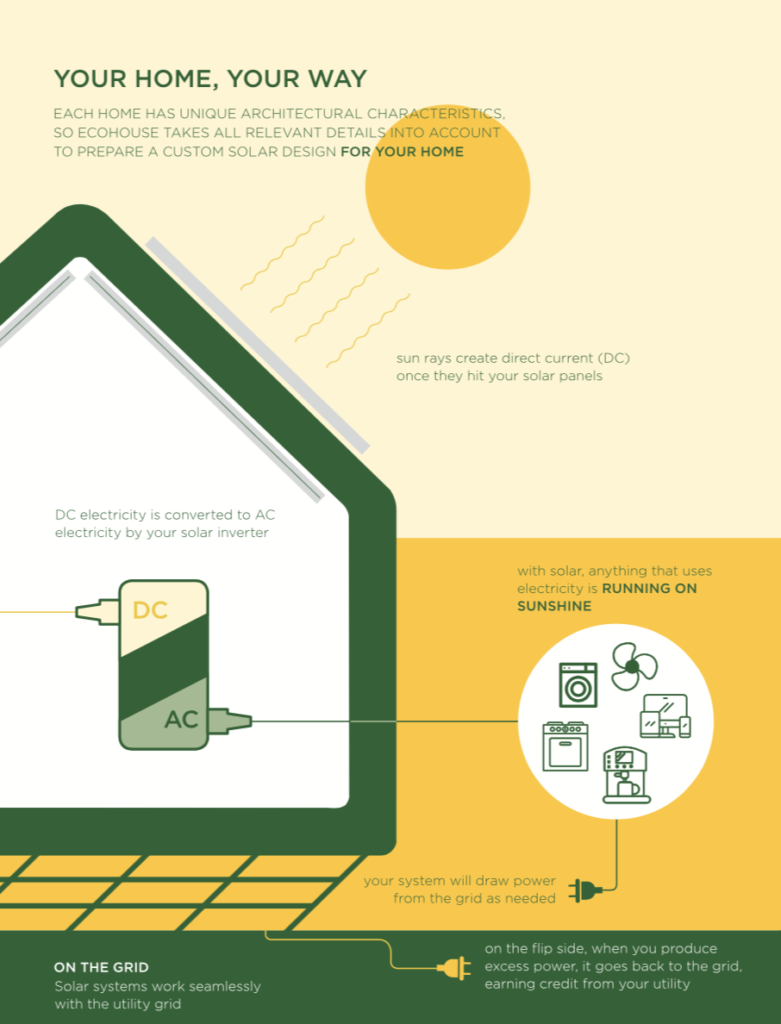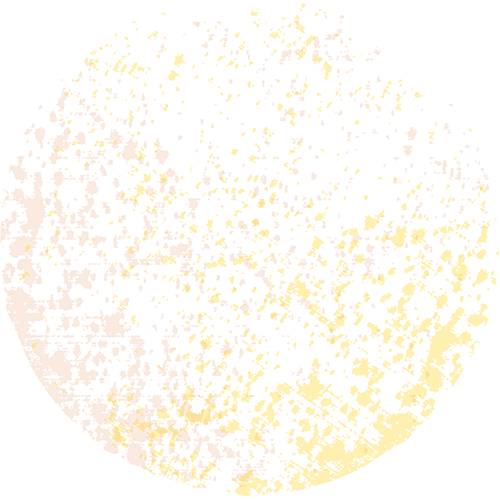How Does Solar Work?
 Photovoltaic (PV) or solar panels convert sunlight into direct current (DC) electricity. The DC power is then changed to alternating current (AC) power by a solar inverter, so the electricity is compatible for your home or office. Any excess solar power is exported to the electric grid or to a solar battery.
Photovoltaic (PV) or solar panels convert sunlight into direct current (DC) electricity. The DC power is then changed to alternating current (AC) power by a solar inverter, so the electricity is compatible for your home or office. Any excess solar power is exported to the electric grid or to a solar battery.
The magic of solar has to do with the “photovoltaic or photoelectric effect” which occur when certain materials give off electrons when they are hit by light. This was discovered by the German physicist Heinrich Rudolf Hertz in 1887, and was first put into use by NASA in the 1960s, and then developed for commercial use by Bell Labs.
Most solar panels are made of silicon cells which are manufactured from silicon crystals. This kind of solar panel is known as monocrystalline and will typically have 60 cells (residential) or 72 cells (commercial) cells. These are the most efficient type of solar panels and they dominate the residential market because of their higher efficiency and reasonable cost. Another type of solar panel that is made from silicon are polycrystalline solar panels. These are used in larger scale installation because they have a lower cost There are also other types of solar panels that use heavy metals such as selenium and cadmium to convert light into electricity. These are referred to as “thin film” panels and are typically used for large scale solar installations.
Solar panels are rated by how much electricity they produce when a specific amount of light hits them. The efficiency has continued to improve each year, and the cost has continued to go down each year, as more panels are manufactured and as researchers find ways to improve efficiency.
Light stimulates particles in the solar panels which give off electrons creating an electric current. This DC current is then directed to the solar inverter. When electricity reaches the inverter, it is converted from direct current (DC) to alternating current (AC). The inverter then directs the energy into various electric circuits in your home or office. The inverter also provides monitoring on the system to track the electric production.
Any excess electricity that is not immediately used goes back to the electric utility, which credits it to the customers account.







